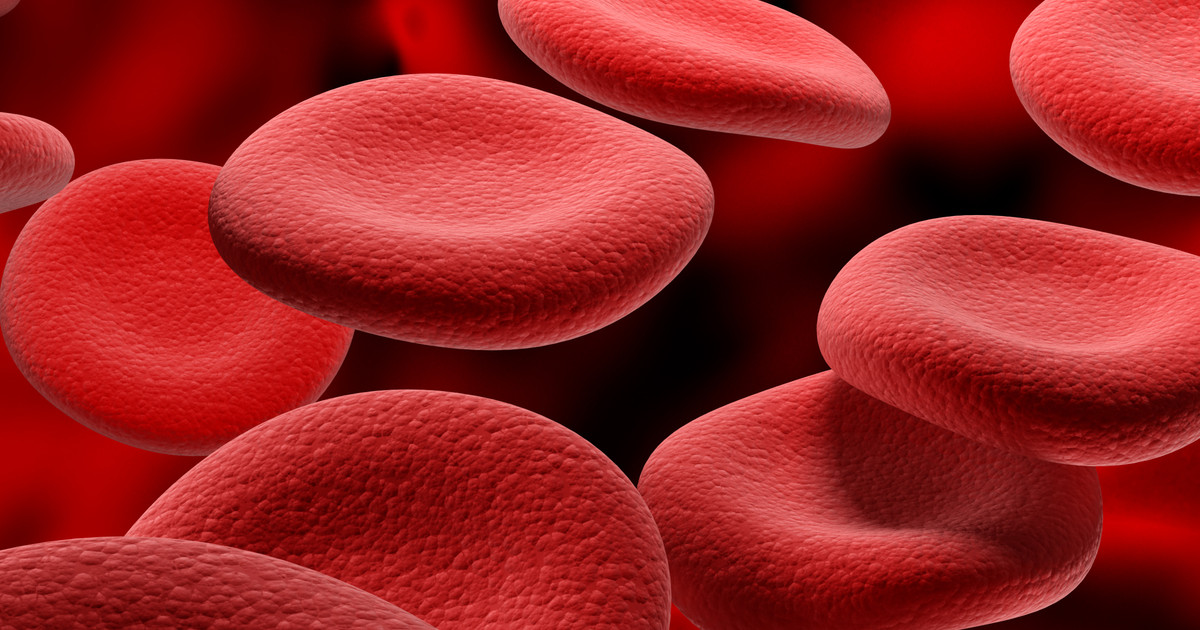Guide To The Causes Of Hypotension
Blood pressure is the force that blood exerts against the blood vessel walls. Blood pressure is measured as the heart beats, and while the heart is resting between beats. The systolic (top) number is taken as the heart beats. The diastolic (bottom) number is measured while the heart relaxes. Doctors define low blood pressure (hypotension) as a systolic reading of less than 90 or a diastolic reading of less than 60. Symptoms include fainting, nausea, fatigue, blurred vision, and dizziness. Some patients could also notice clammy skin. Depression might develop.
Many individuals will need to take low blood pressure pills to help with hypotension treatment. They may even take a supplement for low blood pressure. Low blood pressure treatment options can depend on the underlying cause. For instance, the cause can dictate if natural remedies for hypotension are appropriate.
Bradycardia

Bradycardia is the medical term used to refer to a heart rate that is below sixty beats per minute. Heart rates below this number are considered slow. It may be normal and safe for young adults and athletes to have slow heart rates. However, bradycardia could require treatment if it causes symptoms or is associated with an underlying medical condition. Patients with bradycardia could notice shortness of breath, chest pain, fatigue, confusion, and dizziness. It could cause fainting, and individuals might feel exhausted after short periods of physical activity. Heart disease, heart infections, lupus, sleep apnea, and hypothyroidism could cause bradycardia.
Patients need an electrocardiogram to diagnose this condition. They may also be asked to wear an event monitor or Holter monitor at home. These monitors record the heart's electrical activity over days or weeks. Doctors might perform a tilt table test and exercise test to get more information about how the patient's heart rate changes with activity. If bradycardia treatment is necessary, doctors focus on treating the patient's underlying conditions and adjusting medications that may have contributed to their current issues. Some patients may need to have an operation to insert a pacemaker. The pacemaker monitors the heart rate. If necessary, the device generates electrical impulses to maintain a healthy heart rate.
Continue reading to reveal more causes of hypotension now.
Blood Loss

Significant blood loss can cause acute hypotension. Patients could experience blood loss from an accident or injury. Car accidents, stab wounds, falls, and penetrating injuries could all cause serious blood loss. Blood loss can occur externally and internally. While external blood loss is easy to spot, it is particularly important to know the potential signs of internal bleeding. Internal bleeding from the liver or spleen could cause abdominal pain and swelling. Brain bleeding may lead to seizures and loss of consciousness. Patients experiencing significant blood loss from any source could feel dizzy or lightheaded. They might faint.
If they lose a substantial amount of blood, there may not be enough blood for their whole body. This could lead to shock. Symptoms of shock include lethargy, a rapid heart rate, low blood pressure, weakness, and sweating. Due to the risk of internal bleeding and shock, patients should be evaluated at the hospital after any major accident or injury. Doctors will give intravenous fluids and blood transfusions to prevent and treat low blood pressure due to blood loss or shock. Some patients may need surgery.
Get more details on what can cause low blood pressure now.
